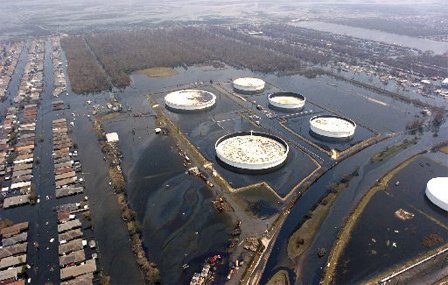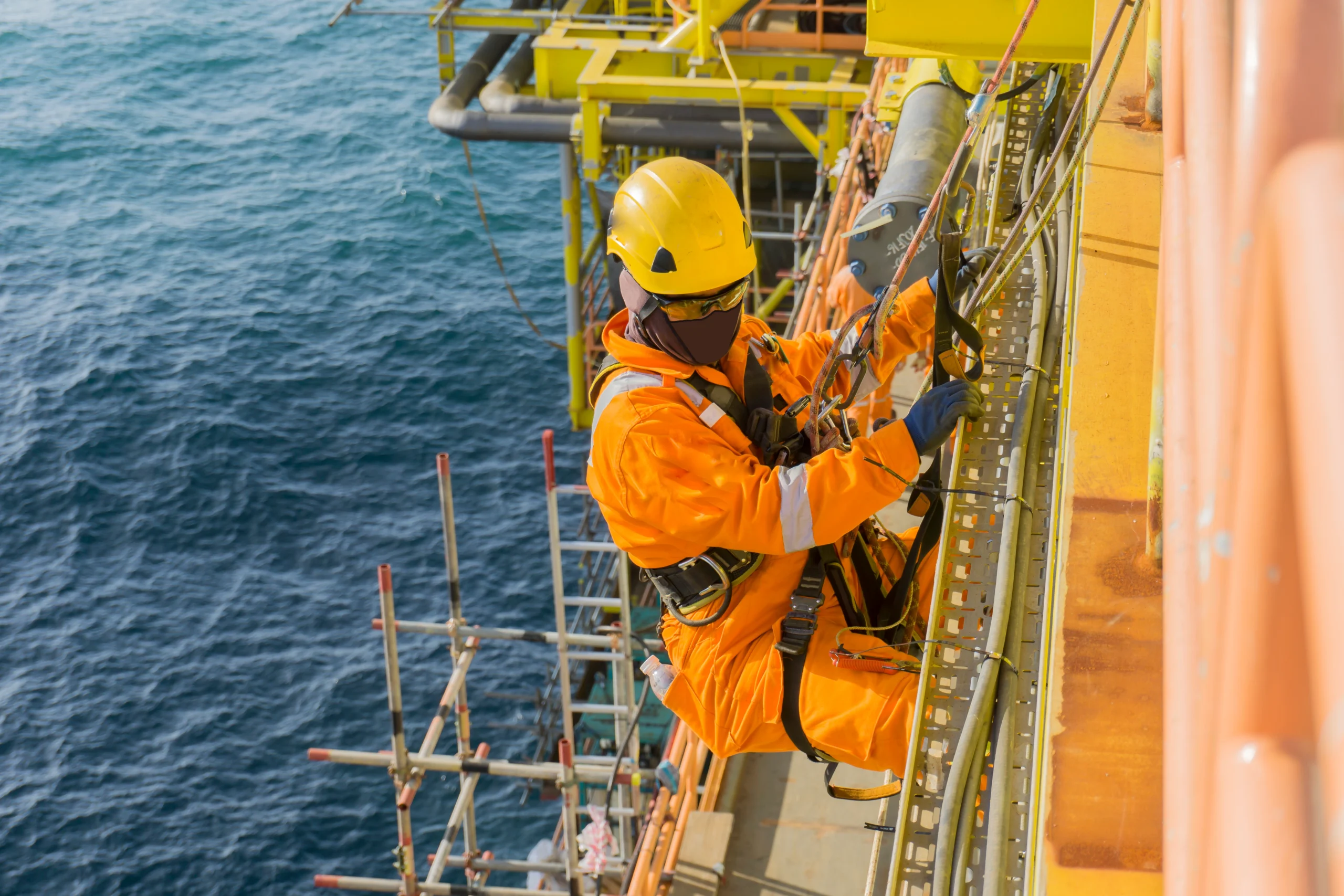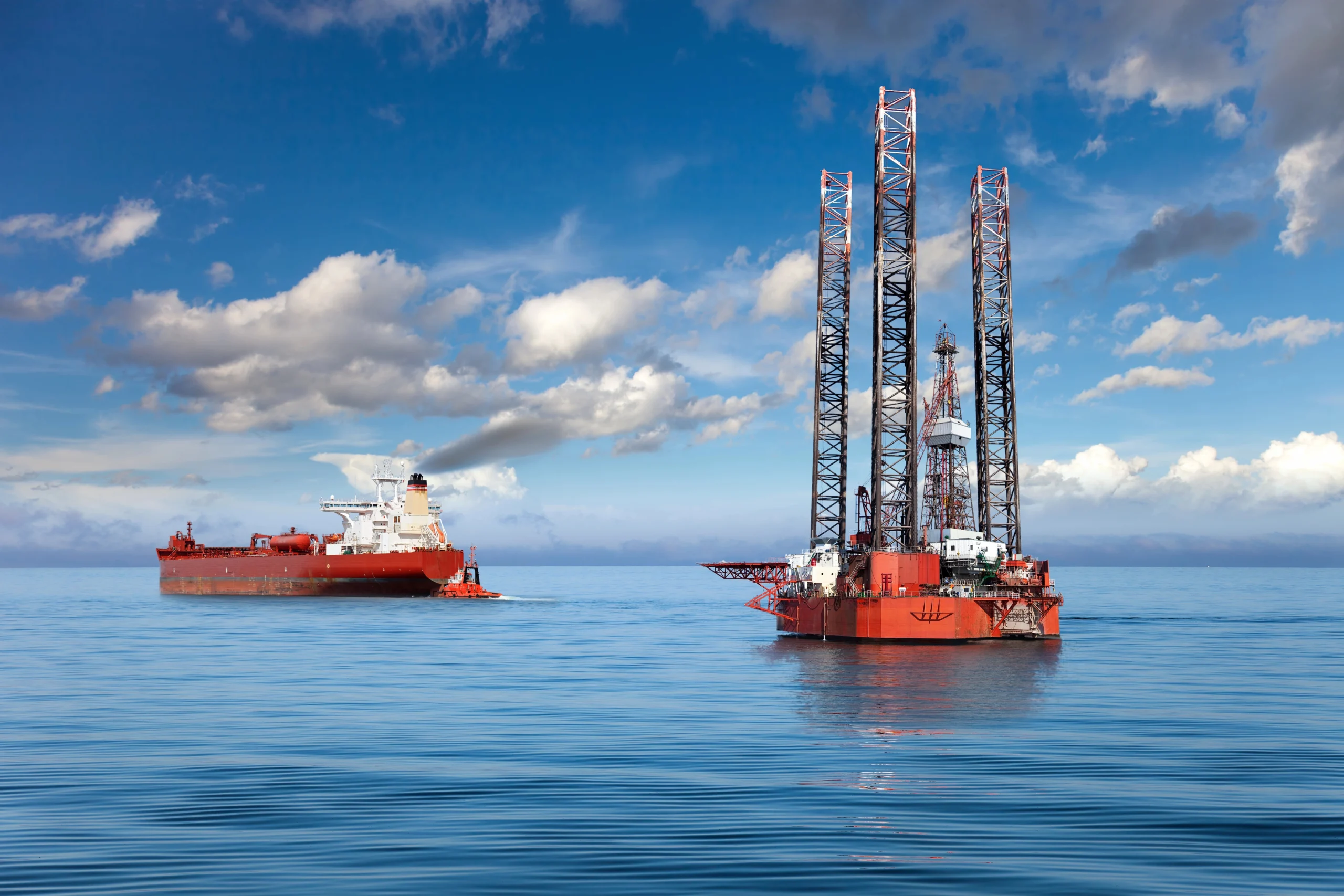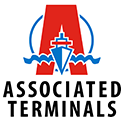Lift Boat Accidents
Over $1 Billion Recovered for Maritime Accident Victims. We are proud to have a reputation for aggressively fighting for the rights of injured workers.
New Orleans Lift Boat Accident Lawyers – Lambert Zainey
Lift boats (sometimes called jack-up boats) are special kinds of vessels you see all over the Gulf, used for offshore construction, well work, dive support, and more. They can move like a boat, then plant legs on the seabed and jack themselves up out of the water to make a stable platform. But this unique design – jacking up and down – brings special risks. If the legs aren’t stable, the jacking system fails, bad weather hits, or someone is careless, terrible accidents can happen.
We all remember the tragic Seacor Power lift boat capsizing – it showed just how dangerous things can get. At Lambert Zainey, our New Orleans maritime lawyers know lift boat accidents. We understand these unique vessels, the main law that usually covers their crews (the Jones Act), and how to fight for workers hurt because of carelessness or unsafe conditions on a lift boat.
Hurt in a Lift Boat Accident? We Handle These Specific Cases.
On This Page
What Are Lift Boats & What Makes Them Risky?
Lift boats drive like regular boats, but they have legs they can lower to the ocean floor. Then they jack the main deck (hull) up above the water to create a steady place to work. They’re used a lot for:
Being able to move and then stand up makes them useful, but also brings risks with the jacking system, making sure the legs are solid on the bottom, and being vulnerable to bad weather when jacked up.
Lift Boats are Vessels: Your Rights Under the Jones Act
This is really important: Under maritime law, lift boats are usually considered “vessels.” This means crew members working on them who qualify as “seamen” are typically protected by strong maritime laws:
This is different from fixed platforms (where OCSLA usually applies). If you’re crew on a lift boat, you generally have these powerful seaman protections. Contrast with OCSLA.
Common Ways Accidents Happen on Lift Boats
Lift boats have unique dangers:
Tipping Over (Instability): Problems with Seabed, Weather, Loading
This is a huge risk. Lift boats can become unstable and tip or capsize because:
Jacking System Failures (Leg Problems)
The system that raises and lowers the legs can break down (hydraulics, gears), causing the boat to drop suddenly, move unexpectedly, or get stuck. Often happens if maintenance isn’t done right.
Crane Accidents & Deck Injuries
Lift boats usually have cranes. Accidents happen when cranes collapse, drop loads, hit workers, or when workers slip/trip on deck from spills, gear, or weather.
Collisions
While moving, lift boats can hit other boats, platforms, or underwater objects if the captain makes a mistake, can’t see well, or equipment fails.
Accidents Moving People On/Off (Personnel Transfers)
Getting hurt while being moved to or from the lift boat using baskets (Billy Pugh), swing ropes, or gangways is always a risk.
Over $1 Billion Recovered for Maritime Accident Victims

Oil storage tank rupture at the Murphy Oil USA refinery in Chalmette, LA. The fastest class certification and resolution of a case of its type and magnitude to date.

Arco cryogenic platform explosion caused by improper cold cut of Southern Natural Gas pipeline. Settlement for the injured and deceased in approximately twelve months.
Serious Injuries from Lift Boat Accidents
Because things like capsizing can happen, lift boat accidents often cause terrible injuries or death:
Who Can Be Blamed (Held Liable)?
Finding out who was responsible takes a careful look:
Lambert Zainey looks at everyone involved to get you the most compensation possible.
Why Choose Lambert Zainey for Your Lift Boat Accident Case?
Handling lift boat cases right takes special maritime knowledge:
Common Questions About Lift Boat Injuries
Knowing your rights is the first step toward securing fair compensation after a maritime injury. This section answers key questions to empower you with the information you need to protect your claim.
What Our Clients’ Say About Us
NATIONALLY RECOGNIZED ATTORNEYS
CONTACT US
Our experienced attorneys are here to guide you through every step of the process, from initial consultation to settlement or trial.
Free Case Review
Fill out the form below to contact Lambert Zainey and schedule a free, confidential consultation and discuss your case with an experienced attorney.






















